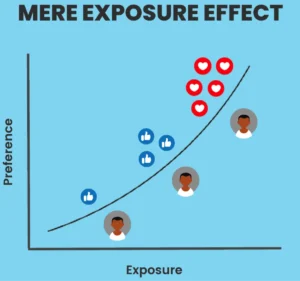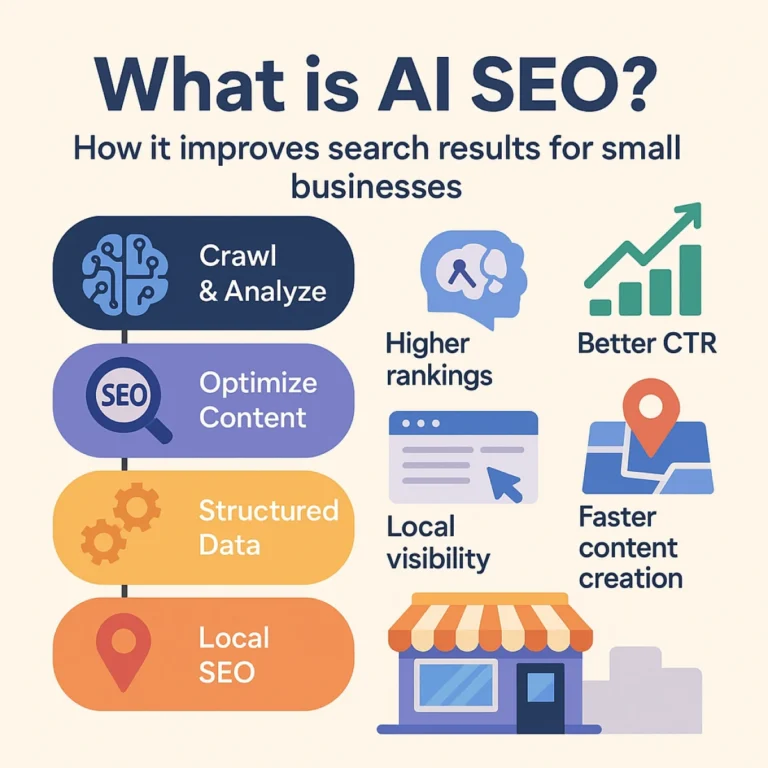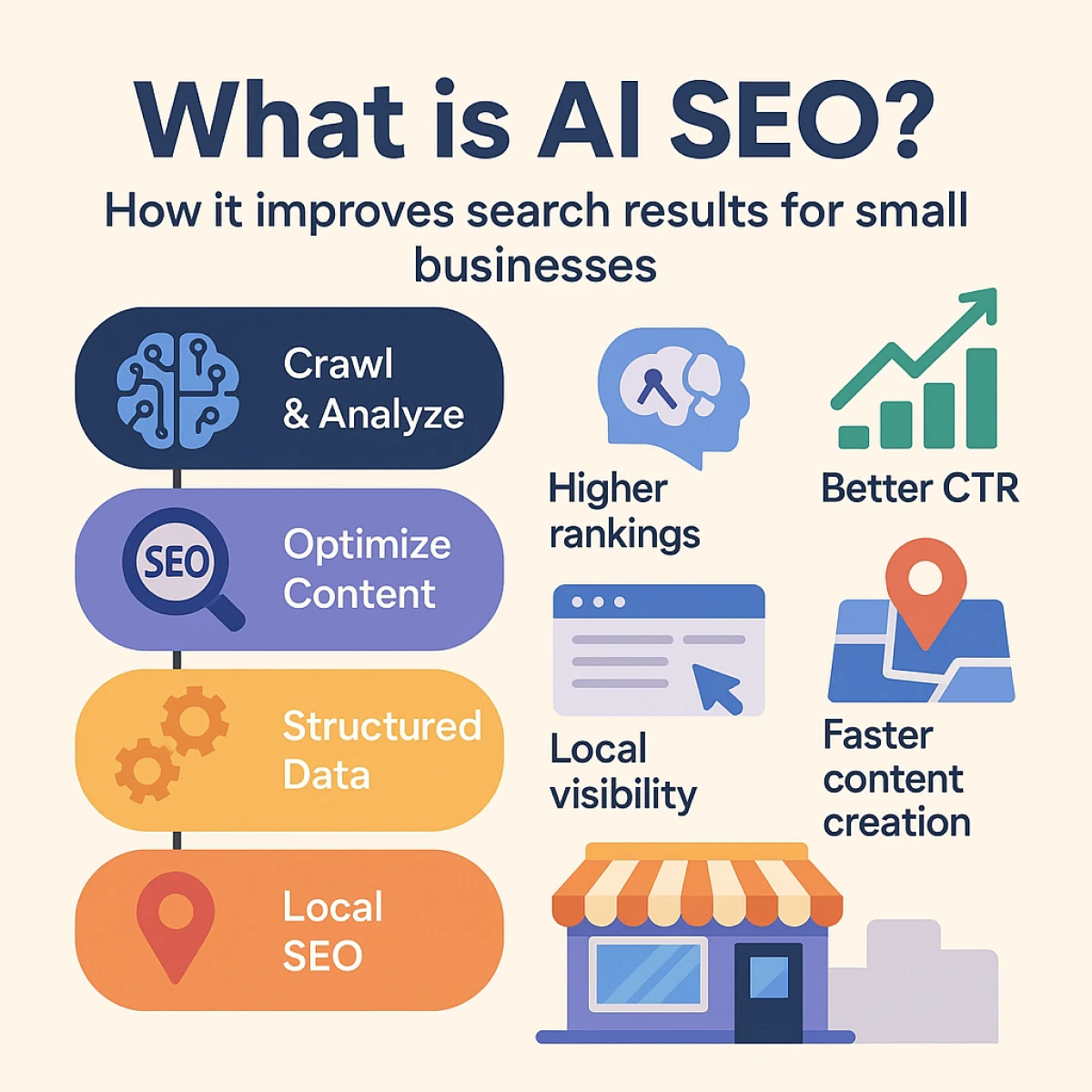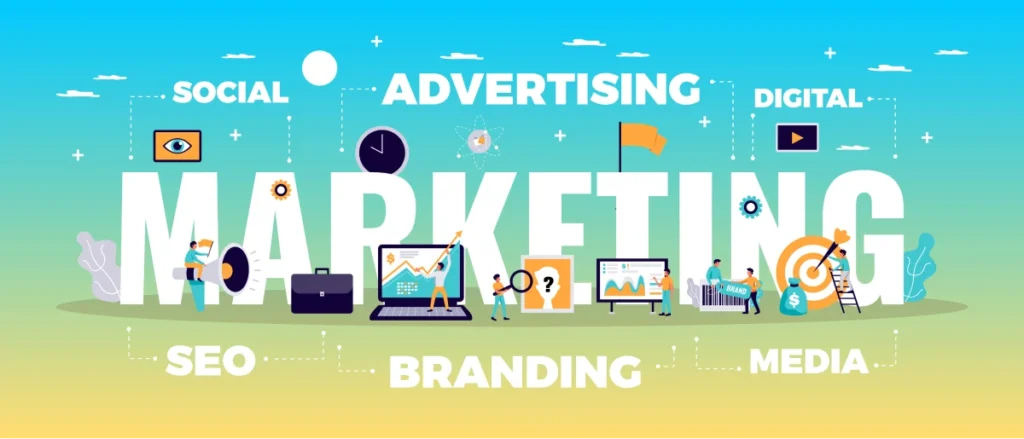
Did you know that digital ad spending worldwide is projected to reach $667.6 billion by 2024, capturing more than half of the total advertising market? Welcome to the dynamic field of digital advertising. This guide dives into the significant shift from traditional methods to more sophisticated and effective strategies to engage today’s informed audience. The evolution of digital advertising has transformed how brands communicate with their target audiences. It’s a shift from broad, generic ads to more targeted, interactive, and personalized approaches that resonate with consumers.
The Rise of Native Advertising
The emergence of native advertising has become a pivotal strategy in the digital advertising space. Native advertising integrates promotional content within the platform’s regular content so smoothly that it enhances the user experience. This method focuses on delivering meaningful, informative content, appealing to discerning individuals who value substance over aggressive sales tactics. By blending in with the natural content flow, native advertising avoids disrupting the user experience, fostering a more positive perception of the advertised brand.

The Perfect Pair: Contextual and Native Advertising
Combining contextual and native advertising plays a crucial role in modern advertising strategies. Contextual targeting involves placing ads in relevant settings without invasive tracking, enhancing the ad’s relevance and effectiveness. Contextual targeting technology operates by analyzing the content of a webpage to determine its subject matter and then placing ads that are relevant to that content. This process involves sophisticated algorithms that scan the text, images, and other media on the page to identify keywords, themes, and sentiments. By understanding the context in which the ad will be displayed, the technology ensures that advertisements are matched with content that shares similar interests or topics.
Pairing this with native advertising creates a powerful strategy that engages the audience on an intellectual level, not just visually. This combination ensures that the ads are seen as informative and valuable, rather than intrusive or irrelevant.
Mastering Engagement Strategies
Enhancing engagement strategies through digital platforms offers advanced tools for real-time strategies and precise targeting. Successful campaigns are now measured not only by impressions and clicks but also by meaningful interactions with the content. These interactions reflect the audience’s genuine interest and engagement with the brand, making them a critical component of digital advertising success. The ability to monitor and adjust campaigns in real time allows advertisers to optimize their strategies for maximum engagement.
To enhance engagement strategies in digital advertising, focus on actionable steps that foster meaningful connections with your audience:
- Analyze audience for tailored campaigns
- Use interactive content
- Personalize ads
- Use social media engagement
- Tell stories
- Test ad formats
- Optimize for mobile
- Adjust campaigns real-time
- Offer value
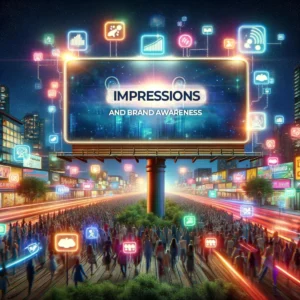
Impressions and Brand Awareness: A Deeper Look
Did you know that familiarity breeds fondness? Research suggests that the more we’re exposed to something, including brands, the more we tend to like and trust it. This phenomenon, rooted in the psychology of the ‘mere exposure effect,’ illustrates the power of repeated impressions in digital advertising. According to Simply Psychology, repeated exposure to an advertisement can increase its likability, akin to how a song gains popularity the more it’s played (Simply Psychology, ‘Mere Exposure Effect’).
Understanding impressions and brand awareness is crucial in the digital world. Targeting the right audience ensures that ads are impactful and resonate well, rather than being drowned out in the digital noise. Furthermore, engagement metrics like clicks are not just numbers; they signify real interest and interaction with the content. These metrics serve as valuable indicators of an ad’s effectiveness in not only capturing attention but also in building lasting brand awareness.
In this context, ensuring your ad collects the right impressions is key. It’s not just about reaching a wide audience but reaching the right one. Engagement metrics further our understanding by highlighting how audiences interact with ads, providing insights into their preferences and behaviors. By strategically leveraging these insights, brands can significantly enhance their visibility and connection with their target audience.
However, it’s important to navigate the fine line between familiarity and overexposure. While repeated exposure can enhance likability due to the ‘mere exposure effect,’ too much can lead to ad fatigue or annoyance, particularly with irrelevant content. To avoid this, brands should focus on engaging, relevant, and personalized content that avoids repetition and aligns with audience interests. Striking the right balance between familiarity and novelty is key to leveraging familiarity to build trust without causing disengagement. The goal is quality interactions that deliver value and foster a positive, lasting relationship with the audience.
Content Quality: The Heart of the Matter
Content quality emphasizes that the relevance and quality of content are paramount in digital advertising. High-quality ad content is characterized by its seamless integration with the platform, enhancing the overall experience rather than disrupting it. Such ads are crafted with a deep understanding of the target audience, featuring engaging visuals, compelling copy, and a clear call-to-action that resonates with the viewer’s interests and preferences. For example, a high-quality ad on a social media platform might use an eye-catching image or video, insightful and relatable text, and direct users to a landing page that provides value or solves a specific problem they have.
In contrast, low-quality ad content often feels out of place or intrusive, lacking relevance or personalization. It might feature generic, unengaging visuals, poorly written copy, or a misleading call-to-action, leading to negative user experiences and diminished effectiveness. An example of low-quality content could be a banner ad that uses flashing images and vague promises to attract clicks, only to direct users to an unrelated or spammy landing page.

The focus on content quality underscores the importance of delivering value to the audience, aligning with their interests and preferences. High-quality content is more likely to engage and resonate with the audience, leading to better advertising outcomes. By prioritizing the creation of content that genuinely interests and benefits the user, advertisers can foster a more positive perception of their brand, drive meaningful engagement, and achieve their marketing objectives more effectively.
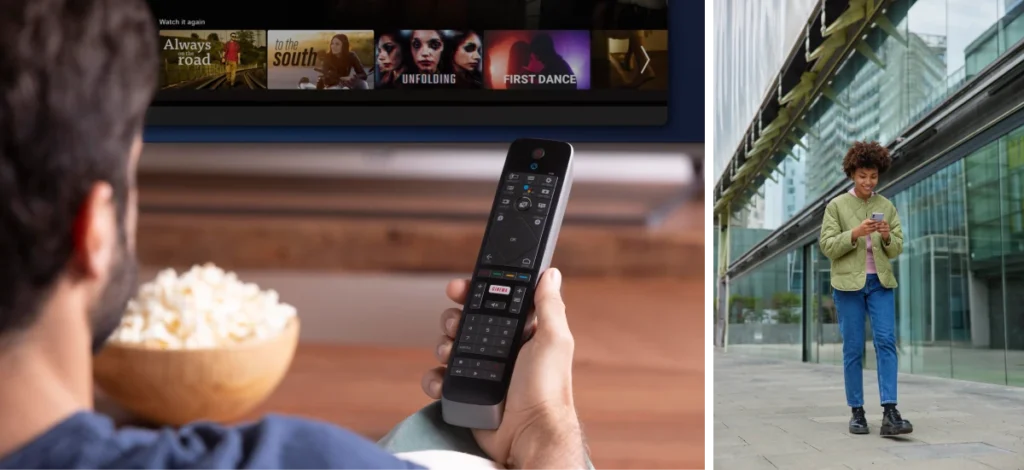
A New Era of Personalized Advertising
A transformative shift is underway, heralding a new age of personalized advertising. This evolution is most notable within the realms of Over-The-Top (OTT) content, Connected TV (CTV), and pre-roll video advertisements. The core of this shift lies in the strategic targeting of advertising, which focuses on delivering content that is meticulously tailored to resonate with specific audience segments.
The power of this approach is evident in its ability to significantly boost viewer engagement, drive web traffic, and create advertisements that not only capture attention but also leave an indelible mark on the viewer’s memory. At the core of this strategy is the adept use of advanced data analytics and deep insights into viewer preferences, which enable the crafting of advertisements that are not just relevant but deeply compelling.
OTT, CTV, and pre-roll advertising stand at the forefront of this innovative wave, offering a canvas for advertisers to paint their messages in the most resonant hues. By integrating CTV into their strategies, advertisers gain the unique advantage of engaging with audiences right on their television screens, thus bridging the gap between traditional TV viewing experiences and the digital advertising landscape. This holistic approach ensures that advertisements are not merely seen—they are experienced, making every message a meaningful interaction in the viewer’s daily life.
Expanding Reach and Building Awareness
Expanding reach and building awareness through effective digital advertising targets precisely, ensuring messages hit the intended mark. Memorable ads create lasting impressions, contributing to brand recall. This approach is crucial in a crowded digital landscape, where standing out and making a lasting impact on the audience is key. By targeting ads effectively, brands can expand their reach and build awareness among new and existing audiences, driving long-term growth and success.
Video Completion Rate as a Metric
Video completion rates stand as a critical indicator of engagement, shining light on the extent to which content captures and maintains viewer interest. A high completion rate signals that the content is not only engaging but also resonates well with the audience, marking the effectiveness of communication.
This metric offers advertisers a clear lens through which to assess the impact of their video content. In a digital landscape where viewer attention is fleeting, ensuring that content is compelling enough to be watched in its entirety is paramount. The ability to retain an audience from beginning to end is a testament to the content’s relevance and the strength of its connection with viewers.

Web Traffic: The Ripple Effect
Web traffic and actionable ads highlight the importance of ads that prompt action, contributing to success by driving web traffic and encouraging viewer participation. Actionable ads are designed to motivate the audience to take a specific step, such as visiting a website, signing up for a newsletter, or making a purchase. These ads are effective because they not only raise awareness but also drive measurable outcomes, making them a valuable tool in digital advertising strategies.
Conclusion
Digital advertising is one of continuous discovery and adaptation. At the heart of this journey is the commitment to connect with audiences in meaningful ways, leveraging the synergy of native and contextual advertising, enriched with high-quality content and precision in delivery. This commitment ensures that every interaction resonates deeply, making every message count in the vast digital expanse.
As we witness the digital landscape’s constant flux, the agility to refine and evolve our strategies becomes indispensable. It’s this adaptability that transforms advertising efforts from mere visibility to true impact, paving the way for outcomes that not only meet but exceed expectations.
In embracing the dynamic nature of digital advertising, staying ahead of the curve is not just an advantage—it’s a necessity. Armed with innovation and a deep understanding of audience needs, advertisers are well-equipped to chart their course through the complexities of the digital world, turning challenges into opportunities for growth and success.


